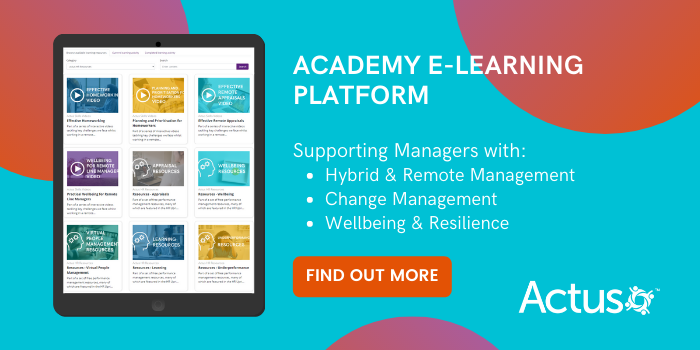Get in touch with us today!
If you have any questions, enquiries or just want to say how much you like us (or what we can do better), please drop us a line.
Take a look at any evidence you can find to evaluate objectively the type of culture you have currently. If you think it is inclusive, why not double check, particularly with different minority groups or pockets of people. Warning signs might be grievances or sickness absence, particularly if they are increased in certain demographics. My experience has been that often cultures that may be considered to be more traditional or hierarchical that have quite a lot of ‘banter’ are actually not terribly inclusive. Banter is usually about in-group/out-group jokes and can often be construed as microaggressions for certain demographics. Does that mean we can’t have humour in the workplace? No definitely not, but are people aware of the potential impact of their words, in fact, does it need to be at the expense of others at all?
What does your data tell you? I appreciate not all of us have data that is easily available. Ask yourself are you recruiting, developing, rewarding, promoting or losing talent disproportionately to what is available in the marketplace. This isn’t as blunt as having 50/50 female to male python coders if the available talent in the marketplace is more like 20/80. But if you have proportions below the market benchmark at any point through the talent lifecycle then this is an indication that you could do more. Other data that you could look at is the relative proportions of those who are promoted or provided with leadership development opportunities. Consider whether these are equal or consistent with your internal rations. Similarly, are there any patterns in leavers that might indicate an issue, or even a strength?

A strategy helps us to deliver a vision and having determined where our culture is currently in relation to diversity. It is helpful to think of where we might like this to get to in 1,3, 5 or even 10 years. While you might want to establish some target proportions, these things take time most organisations and people want progress to be achieved on merit rather than quota’s. Place the focus on eradicating blockers and establishing enablers such as diverse role models. Remember the adage “If you can’t see it, you can’t be it.”
This is taking our internal vision a step further and clearly branding ourselves as inclusive employers. This is increasingly important to those coming into the workplace and of course, since Covid. Inclusivity is more than gender, race, religion, disability or sexual orientation. The ability to work flexibly can also be seen as a measure of inclusivity currently and it seems likely to be here to stay. Being on the front foot and ensuring that your organisation is actively inclusive in all areas is more than branding. It makes us way more likely to gain access to all the talent available in the marketplace.
Inclusive leadership links right back to culture and if they are inclusive across every area of diversity. This includes the point made above about people’s need to work flexibly which will enable more people to bring their whole selves to work. This has to result in greater productivity, engagement, innovation and satisfaction. To get to this point, we need to ensure that our leaders have high levels of self-awareness in this area.
For more on this topic, why not take a look at our other blog: 7 ways to support diversity in your organisation.
We offer a number of learning solutions to support managers with managing a diverse team in a hybrid/remote setting. To find out more, click on the button below.
Please complete the details to receive a 3 minute system tour direct to your inbox!
If you are looking for performance management software for 1000+ employees get in touch for a quote today.
Talk to one of our partnership specialists today.
Fill in your details below and then please check your email for a link to the 3 minute overview of Actus Software
If you have any questions, enquiries or just want to say how much you like us (or what we can do better), please drop us a line.